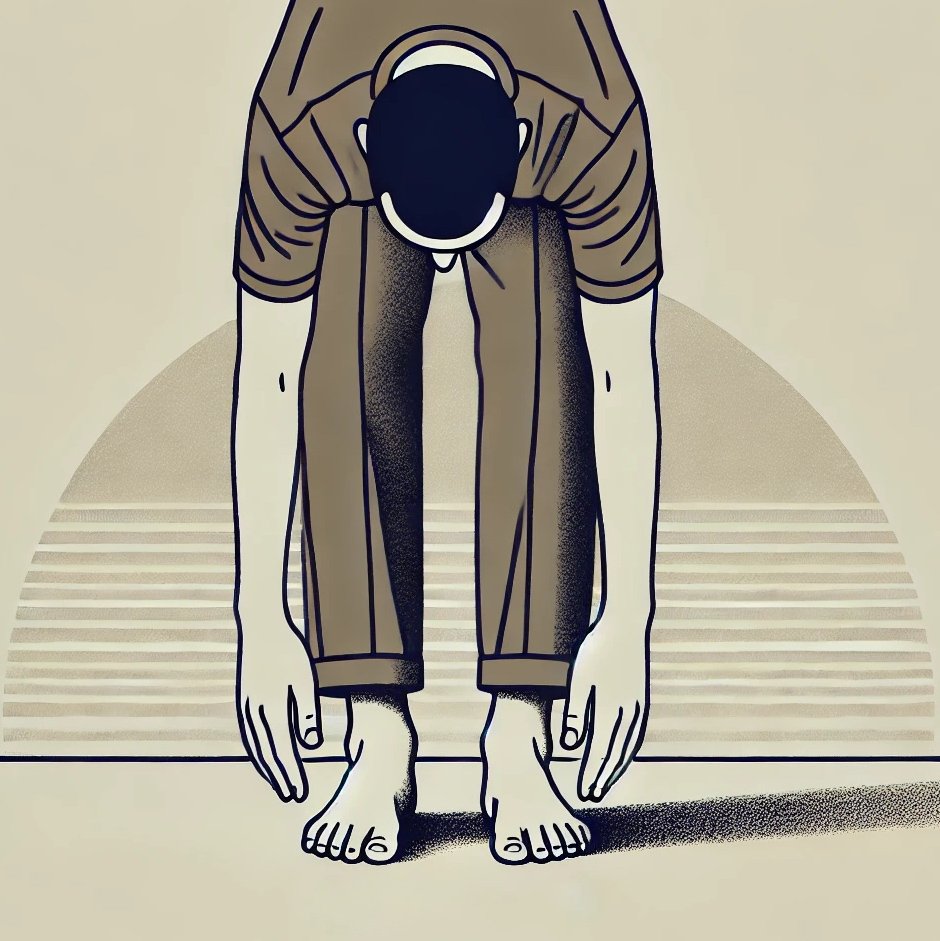Comprehensive Guide to TPI Screening Tests for Better Mobility and Stability
Today we will dive into the world of TPI (Titleist Performance Institute) screening tests. These tests are essential for assessing various aspects of your mobility, stability, and overall physical performance. Whether you’re an athlete or just someone looking to improve your physical health, these tests can provide valuable insights. Let’s explore each test, its purpose, and how to perform them correctly.

1. 90/90 Test
Purpose: This test assesses shoulder mobility and stability, focusing on the ability to maintain a 90-degree angle at both the elbow and shoulder while moving the arm.
Instructions:
- Stand with your back against a wall.
- Lift your arms so your shoulders and elbows form 90-degree angles.
- Rotate your forearms backward towards the wall.
- Check if the forearms can touch the wall while maintaining the 90-degree angles.
2. Bridge with Leg Extension Test
Purpose: This test evaluates core stability and gluteal strength.
Instructions:
- Lie on your back with knees bent and feet flat on the ground.
- Lift your hips to form a bridge.
- Extend one leg straight out while keeping the hips level.
- Hold for a few seconds and then switch legs.
3. Cervical Rotation Test
Purpose: This test measures the range of motion of the cervical spine.
Instructions:
- Sit or stand with a neutral spine.
- Slowly rotate your head to the right as far as possible.
- Return to the center and rotate to the left.
- Ensure movement is smooth and without discomfort.
4. Forearm Rotation (Pronation/Supination) Test
Purpose: This test assesses the range of motion of the forearm in pronation and supination.
Instructions:
- Stand with elbows bent at 90 degrees and forearms extended forward.
- Rotate your forearms so your palms face up (supination) and then down (pronation).
- Check for symmetry and range of motion.
5. Lat Test
Purpose: This test evaluates the flexibility of the latissimus dorsi muscle.
Instructions:
- Stand with feet shoulder-width apart.
- Raise both arms overhead while keeping your lower back flat against a wall.
- Check if your arms can touch the wall without arching your lower back.
6. Lower Quarter Rotation Test
Purpose: This test measures lower body rotational mobility.
Instructions:
- Stand with feet hip-width apart.
- Place hands on hips.
- Rotate the lower body to the right and then to the left while keeping the upper body stable.
- Observe the range and quality of movement.
7. Overhead Deep Squat Test
Purpose: This test assesses total body mobility and core stability.
Instructions:
- Stand with feet shoulder-width apart and toes slightly out.
- Hold a dowel or stick overhead with arms fully extended.
- Perform a deep squat, keeping the stick overhead and heels on the ground.
- Evaluate depth, alignment, and stability.
8. Pelvic Rotation Test
Purpose: This test evaluates the ability to separate upper and lower body movement.
Instructions:
- Stand with feet shoulder-width apart.
- Place hands on hips.
- Rotate the pelvis to the right and left without moving the upper body.
9. Pelvic Tilt Test
Purpose: This test assesses the ability to control the pelvic position.
Instructions:
- Stand with feet hip-width apart.
- Place hands on hips.
- Tilt the pelvis forward (anterior tilt) and backward (posterior tilt).
- Evaluate range and control.
10. Seated Trunk Rotation Test
Purpose: This test measures thoracic spine rotation.
Instructions:
- Sit on a bench with feet flat on the floor.
- Cross your arms over your chest.
- Rotate your torso to the right and left.
- Note the range and symmetry of movement.
11. Single Leg Balance Test
Purpose: This test assesses balance and stability on one leg.
Instructions:
- Stand with feet together and arms by your side.
- Lift one leg, bending the knee to 90 degrees.
- Maintain balance for as long as possible without moving the support leg.
- Repeat on the other side.
12. Toe Touch Test
Purpose: This test evaluates hamstring flexibility and lower back mobility.
Instructions:
- Stand with feet together and knees straight.
- Bend at the hips and try to touch your toes.
- Assess the distance to the toes and the movement quality.
13. Torso Rotation Test
Purpose: This test measures the rotational range of the thoracic spine and shoulders.
Instructions:
- Stand with feet shoulder-width apart.
- Hold a stick across your shoulders.
- Rotate your torso to the right and left.
- Check for range and symmetry.
14. Wrist Extension Test
Purpose: This test evaluates wrist flexibility in extension.
Instructions:
- Stand with your arm extended forward and palm down.
- Use your other hand to gently push your fingers back towards your body.
- Measure the angle of wrist extension.
15. Wrist Flexion Test
Purpose: This test assesses wrist flexibility in flexion.
Instructions:
- Stand with your arm extended forward and palm up.
- Use your other hand to gently push your fingers down towards your body.
- Measure the angle of wrist flexion.
16. Wrist Hinge Test (Radial/Ulnar Deviation)
Purpose: This test measures wrist mobility in radial and ulnar deviation.
Instructions:
- Stand with your arm extended forward and palm down.
- Move your hand towards the thumb side (radial deviation) and then towards the little finger side (ulnar deviation).
- Assess the range and symmetry of movement.
By incorporating these tests into your routine, you can gain valuable insights into your physical capabilities and areas that may need improvement. Regular assessment and targeted exercises can help enhance your mobility, stability, and overall performance. Stay tuned for more tips and insights on maintaining optimal physical health!
Feel free to share your thoughts or questions in the comments below. Happy golfing!
